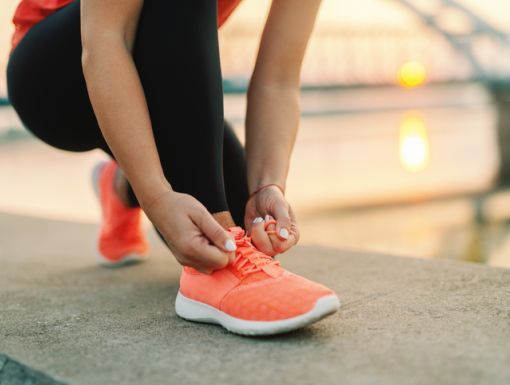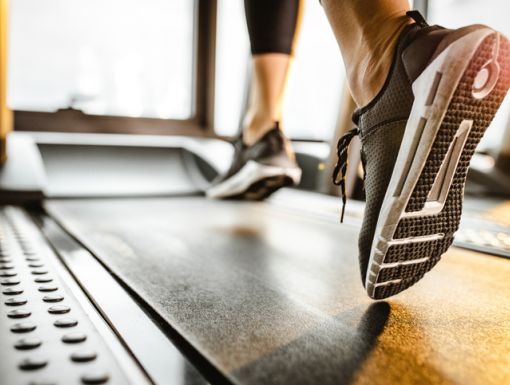
Workout Recovery: 6 Top Tips From a Fitness Trainer
Whether you're a beginner or a longtime fitness fanatic, your workout recovery is an important part of what helps get you ready to go again. As a trainer for nearly 30 years, I remind my clients that their recovery is equally important as their planned workout.
Even the best athletes need a post-workout recovery regimen. As you age, recovery needs to be longer between workouts and even between segments of each workout. Listening to your body is of paramount importance. Ask yourself: "Am I too tired to work out today? Do I need to rest between these sets? Am I rundown?"
Recovery is your body’s ability to overcome and adapt to the stress placed on the body after exercise. When you give your body a chance to recover, you give energy and readiness for your next exercise session.
What helps with muscle recovery?
- One of the first things you can do to aid in recovery is to stretch. Add stretching either between exercises or stretching at the end of your entire workout. Give your body five to 10 minutes of cooling down, and transition into a resting state. This will help reduce muscle soreness and potential injuries.
- Hopefully, you’ve been drinking fluid during your workout, and then afterward, rehydrate as needed to reduce the chances of muscle cramps, headaches or fatigue. In addition, take electrolytes either as a tablet dissolved in water (Nuun or others on the market) or a liquid electrolyte replacement such as Propel. You’ll need the potassium, sodium, magnesium and calcium that you’ve lost when sweating.
- Protein is another important nutrient that needs to be replaced after exercise. Protein shakes, eggs, protein bars or lean meat will work well. Ingest protein within 30 minutes to an hour after exercise.
- Sleeping on average of eight hours a night is ideal for the body to recharge. This is when your body has the chance to “unplug” and reenergize.
- Passive recovery is the post-workout recovery that is truly for resting. Depending on the type of physical activity you are engaged in, passive recovery may be sufficient. This may include resting for a full day or just a few hours. Active recovery, however, may be more useful for the more experienced athlete. Activities may include brisk walking, swimming, gentle bike riding, or yoga.
- Another form of active recovery could be assisted-stretching or massage. Self-myofascial release, Self-myofascial release, or self-massage, with a foam roller will also aid in your recovery. If you are coming off an injury, it is unwise to recover actively. Take anti-inflammatories or seek medical attention if in unrelenting pain.
Post-workout recovery is essential for anyone who participates in physical activity. Whether you want to be consistently working out, or want to build a fitness routine, it will benefit you greatly to recover before you come back again for another round! Your body and your mindset will be raring to go again!
Learn more about Ochsner Fitness Center.



